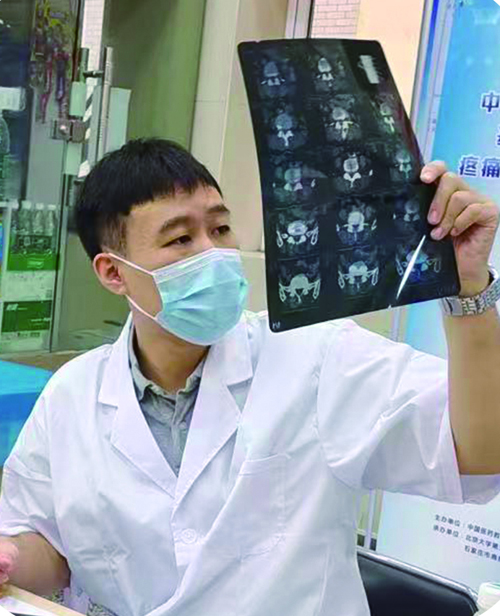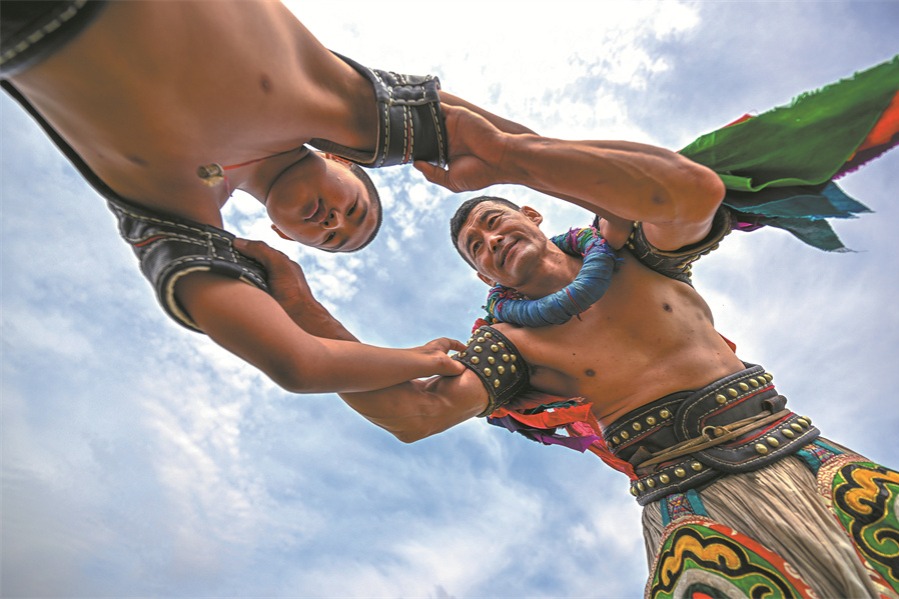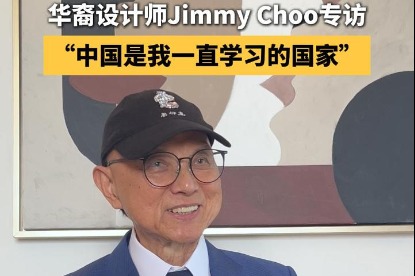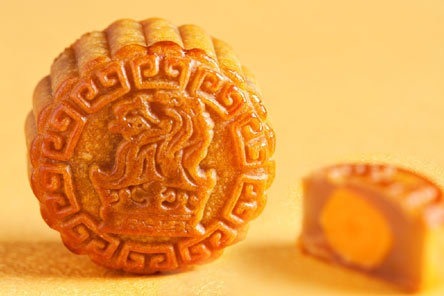Youth seek sports rehab services


Youth appeal
The rise of sports rehabilitation among young people is closely tied to the influence of social media. "Rehabilitation check-ins" on platforms like Douyin, Kuaishou, and Xiaohongshu have become a trend.
On Xiaohongshu, for example, the hashtag "sports rehabilitation "has garnered more than 1.25 billion views and 3.45 million discussions, creating a vast online community where young people share tips, treatment methods, and progress updates.
This trend has also made certain rehabilitation techniques go viral. Fascia scraping, in particular, has become a must-try among fitness enthusiasts.
"Online sharing sparks curiosity and a sense of novelty, attracting people to try these treatments even if they don't necessarily need them," Shen said.
Young patients often come well-prepared for their appointments. They follow posts and vlogs and use AI to gather extensive information.
"Many of these patients already have a rough understanding of their condition when they arrive. Some even request a specific treatment or ask to see a particular doctor," Shen explained.
Sports injuries account for a significant portion of the cases Shen treats, especially as trendy sports draw more young people into the fitness wave.
Different seasons also bring different "mainstream" injuries: knee and ankle injuries from soccer in spring and summer; waist damage from cycling and frisbee in summer and autumn; and orthopedic and ligament issues from skiing in winter.
Shen advises sports enthusiasts to diversify their exercise routines. "Try to avoid focusing on just one type of sport. You may emphasize a favorite, but don't do only that," he said.
He explained that single-sport training often causes muscle imbalances. Long-distance running, for example, overworks the lower limbs while underusing the upper body, and sports like ping-pong or tennis can lead to left-right asymmetry.
Liang has also observed that, compared to middle-aged and elderly patients, young people are more likely to seek medical help.
"Many older patients tend to endure pain and delay treatment, while young people often book medical appointments quickly — sometimes after just a few hours or a day of discomfort," he said.
According to Liang, this proactive approach reflects a shift in health attitudes — from passive treatment to active prevention.
"The younger generation is becoming increasingly health-conscious," he said.




































